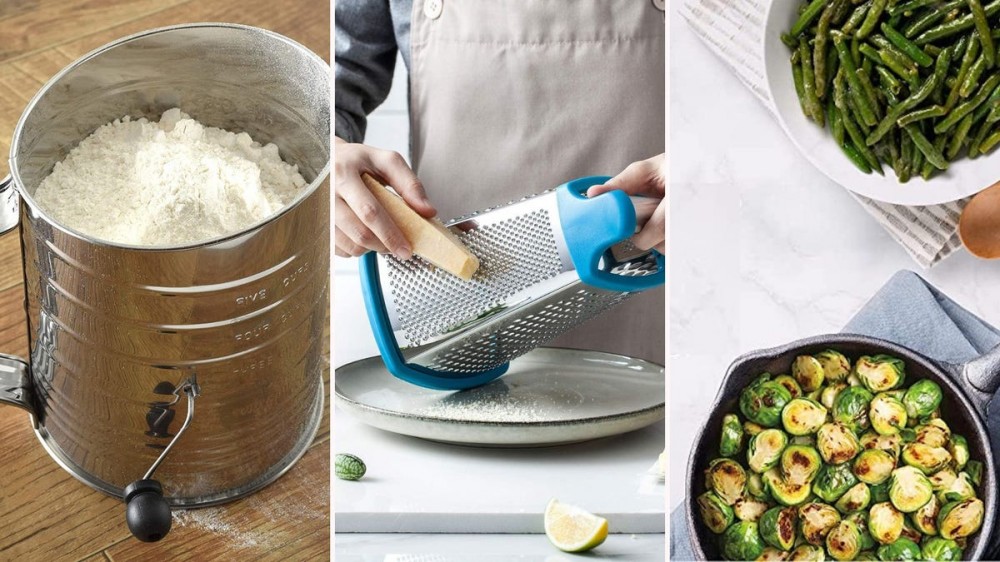
If your grocery budget is a bit tight, you’re probably looking for every way you can save a few dollars and cents. With a few smart shopping and cooking hacks, you’ll be surprised at just how far you can stretch that budget.
Cooking smart is all about finding the best deals and making the most out of every ingredient. Some practices, like shopping on sale, are a bit more intuitive. Others, like buying certain ingredients instead of others or tweaking your recipes a bit, might take a little more experience. We’re here to help. Take a look at these easy hacks and see which ones could help you save big on your next grocery run.
Use Frozen Veggies Instead of Fresh
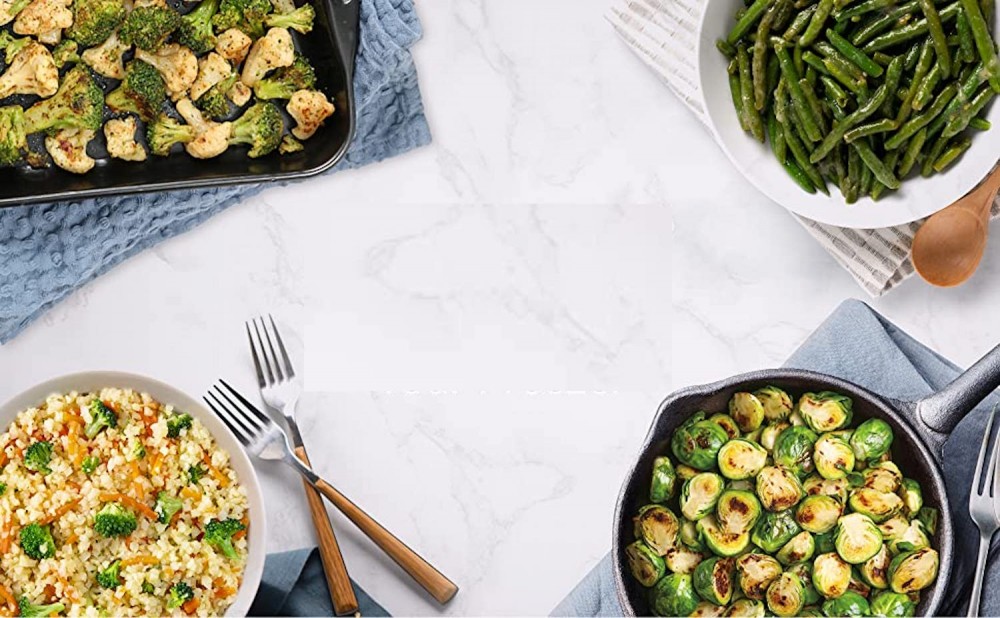
Fresh veggies are great, but they can also wind up causing a lot of waste. If you don’t cook them fairly quickly, there’s a good chance that you’ll have to throw some pieces away because they spoil before you can use them up.
Instead of dealing with this food waste, consider picking up some frozen veggies next time. While it’s not a solution for everything—things like leafy greens really need to be fresh—you’ll be surprised at the availability and quality of a lot of frozen veggies on the market. This way, you can use just a little bit if you’re cooking for one and put the rest of the bag back in the freezer, or use the whole bag for a big batch.
Pick up a vegetable medley for a casserole or stir-fry, or grab individual veggies to suit each specific recipe.
Watch How Much Oil You Use
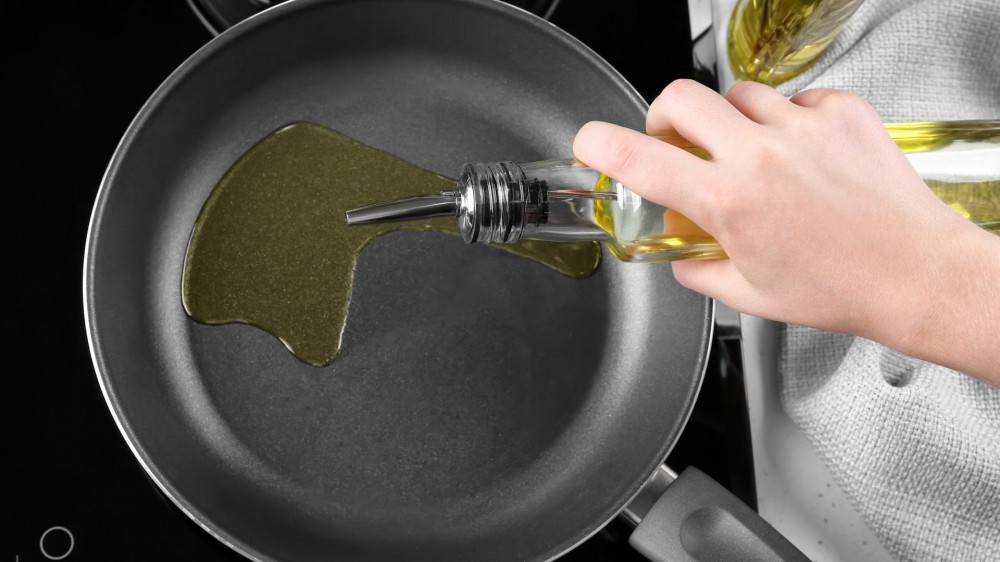
Here’s a secret to good cooking: you probably don’t need as much cooking oil as you think you do. Yes, you need enough to make sure that your food doesn’t stick to the pan. Yes, you need enough to help the ingredients cook nicely and come together into a delicious whole. But if you’re looking to save money in small ways, cutting back on the amount of cooking oil you use is one of the easiest ways.
Most of the time, when you’re sauteeing ingredients and cooking in a pan on the stove, you just need enough oil to very thinly cover the bottom of the pan. That’s only about a tablespoon or maybe two. Keeping a closer eye on your oil usage helps make your cooking a little healthier while avoiding waste.
One other way that using less oil can help you save money? You won’t have a bunch of oil leftover to either soak up with paper towels (producing more waste) or pour down the drain (leading to plumbing problems down the line). Avoiding those kinds of cleanup issues will also help you pinch a few more pennies.
Bulk Up Meat Dishes with Beans
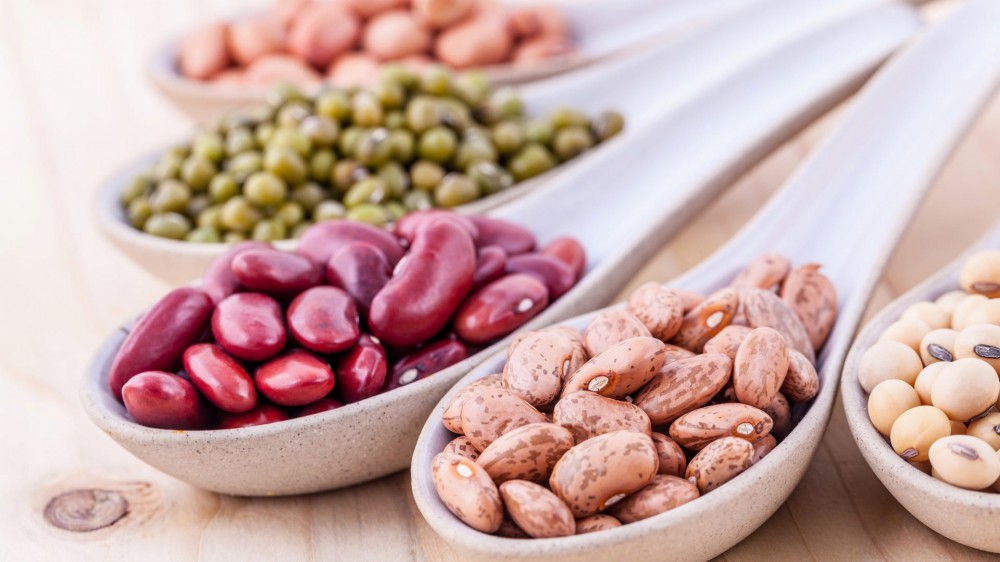
For many people, meat is a key source of protein—but also a potentially expensive one. To save money, you can stretch meat-based dishes by adding beans as a secondary source of protein.
The exact type of bean used or method of adding it in will vary based on the individual dish, as well as your personal tastes. In general, the idea is simply to mix in beans, along with the other ingredients called for in the recipe, to make it stretch further. You’ll have less meat in each bite, but the beans will provide fiber and protein while also absorbing the flavors of the dish overall, making for a still-satisfying meal.
Some options for adding beans might include:
- Mix beans with ground or shredded meat (beef, turkey, chicken) to make enchiladas, chili, or tacos.
- Add a can or two of beans to soups. Red kidney beans and black beans go well with richer flavors, while lighter dishes, like chicken soup or green chili, work best with white beans.
- Add a can of cannellini beans or white kidney beans when making tuna or chicken salad.
- Substitute garbanzo beans or kidney beans for meat when making a pasta dish or pasta salad.
The possibilities are truly endless—this is a great opportunity to experiment with recipes, tweak them to your own tastes, and see what works best for you, rather than feeling totally hemmed in by pre-determined instructions.
Make Your Own Cake Flour
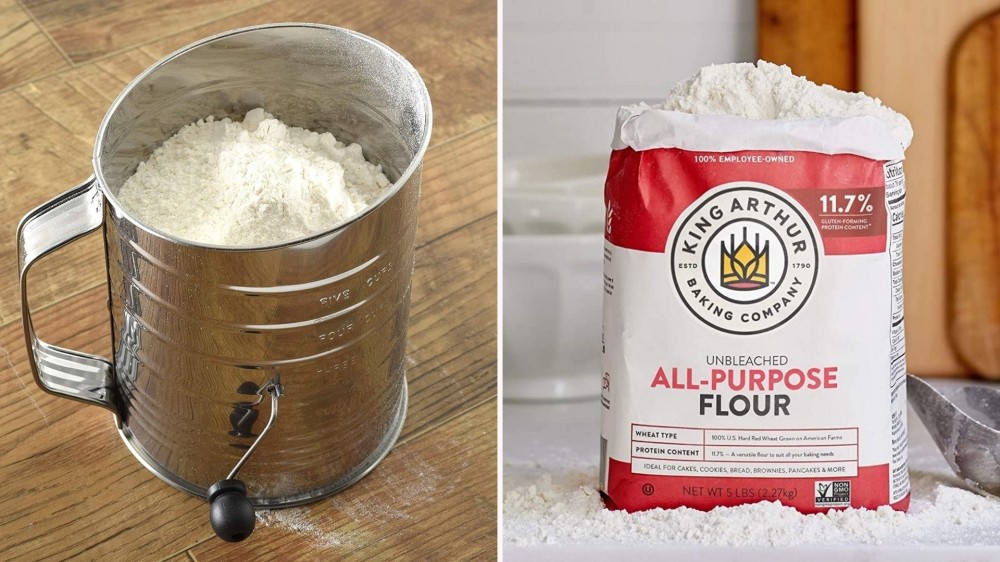
If you’re a regular baker, then you know that there are a lot of recipes that call for specialty flours rather than your standard, all-purpose flour. This is usually done for reasons of texture, such as giving a cake a lighter, airier crumb than you might get with “regular” flour.
Unfortunately, unless you bake very frequently and in significant quantities, there’s a good chance that your cake flour might expire or come into contact with moisture or other spoiling substances before you can use it all up. Instead, save money by making your own cake flour each time you need it for a recipe.
Just follow these steps when you’re ready to bake:
- Measure out the amount of all-purpose flour that the recipe calls for.
- For every one cup of flour, remove two tablespoons of it. For instance, if the recipe calls for 2 cups of flour, measure out the full two cups, then scoop away four tablespoons.
- Replace those tablespoons with an equal amount of cornstarch.
- Sift the flour and cornstarch together to combine. Run through the sifter twice to get a lighter, finer texture like store-bought cake flour.
Shred Your Own Cheese
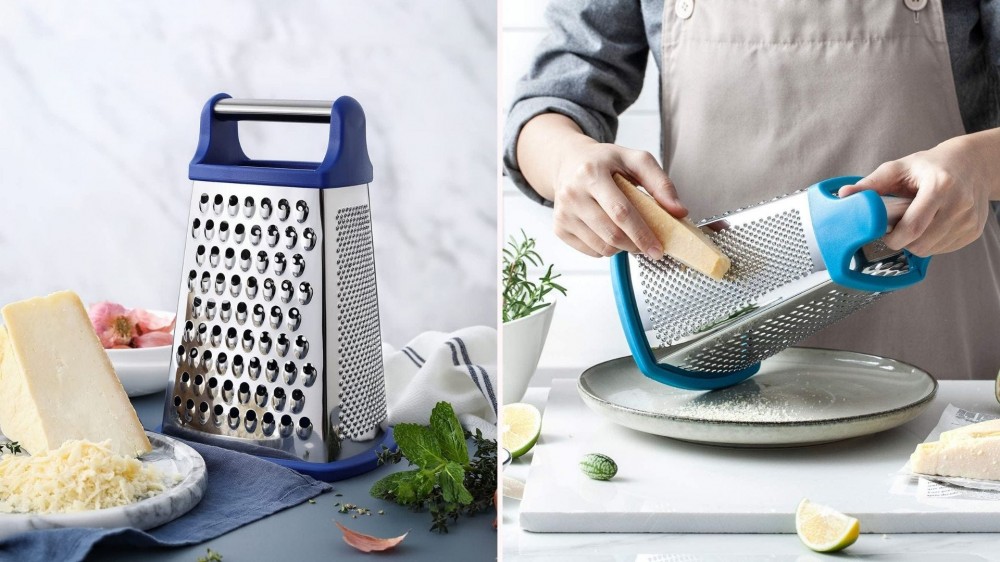
Pre-shredded cheese is super convenient—and it also comes with an unnecessary surcharge. One easy way to save money is to buy cheese in blocks, rather than in pre-shredded bags, and shred it yourself instead.
All you need is a basic cheese grater and a block of your favorite cheese. For even more efficiency, get a box grater, which has four sides with four different “sizes” of grating, from thin-slicing to fine grating and everything in between. You’ll save money, plus you’ll get fresher cheese every time. You can even get creative and make your own cheese blends—the possibilities are endless.
Make Your Own Salad and Dressing
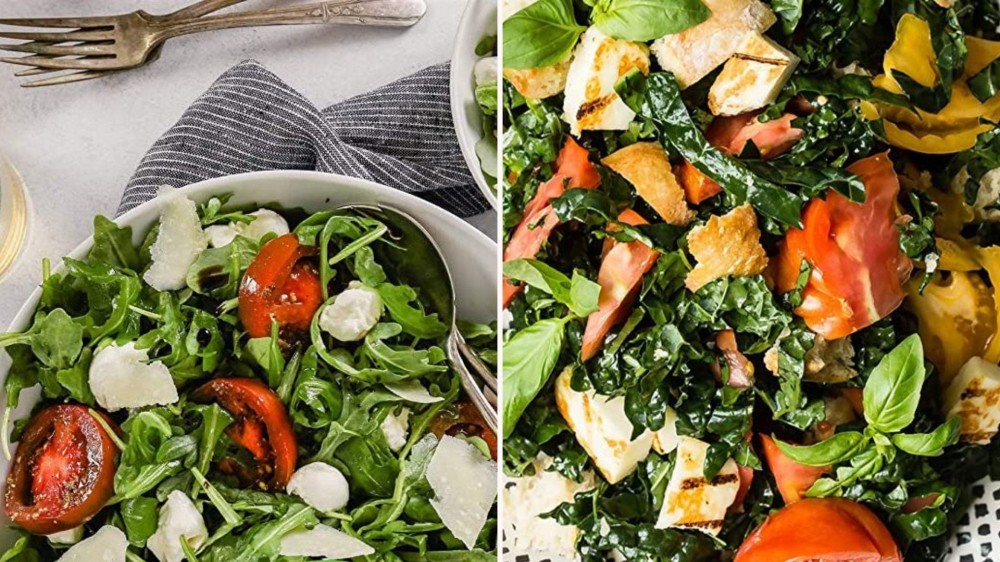
While bagged and other pre-packaged salads can be handy, they’re also extremely cost-inefficient. For the same price it costs you to pick up a pre-packaged salad kit, you can buy ingredients to make your own several times over.
Instead of buying bagged or boxed salad kits, grab the actual ingredients for a salad and make your own. A head or two of your favorite lettuce, plus a couple of tomatoes or carrots, will go much farther than a single salad kit. Pick up the freshest ingredients in the produce section and combine them on your own, in the portions you want, throughout the week.
Want to save even more money? You can make your own salad dressing at home too! Just follow these steps for a quick, tasty vinaigrette-style dressing.
- Wash and combine your salad veggies together in a bowl.
- Drizzle the veggies with olive oil. Start with about 2 tablespoons, and add more if needed.
- Drizzle red wine vinegar into the mixture. Start with about 2 teaspoons, and add more to taste if needed.
- Sprinkle a dash of your favorite seasoning across the top. Go simple with salt and pepper, or spice it up with garlic salt or another blend.
- Toss together, taste, and add more of any ingredient to taste.
Sticking to a budget can actually lead to a lot of creativity in the kitchen! With these easy and affordable hacks, you’ll save money while making delicious meals that you (and everyone else) will want to eat over and over again.
 Yaspan Tech, Computers, Gadgets, Reviews, News and Analysis
Yaspan Tech, Computers, Gadgets, Reviews, News and Analysis




